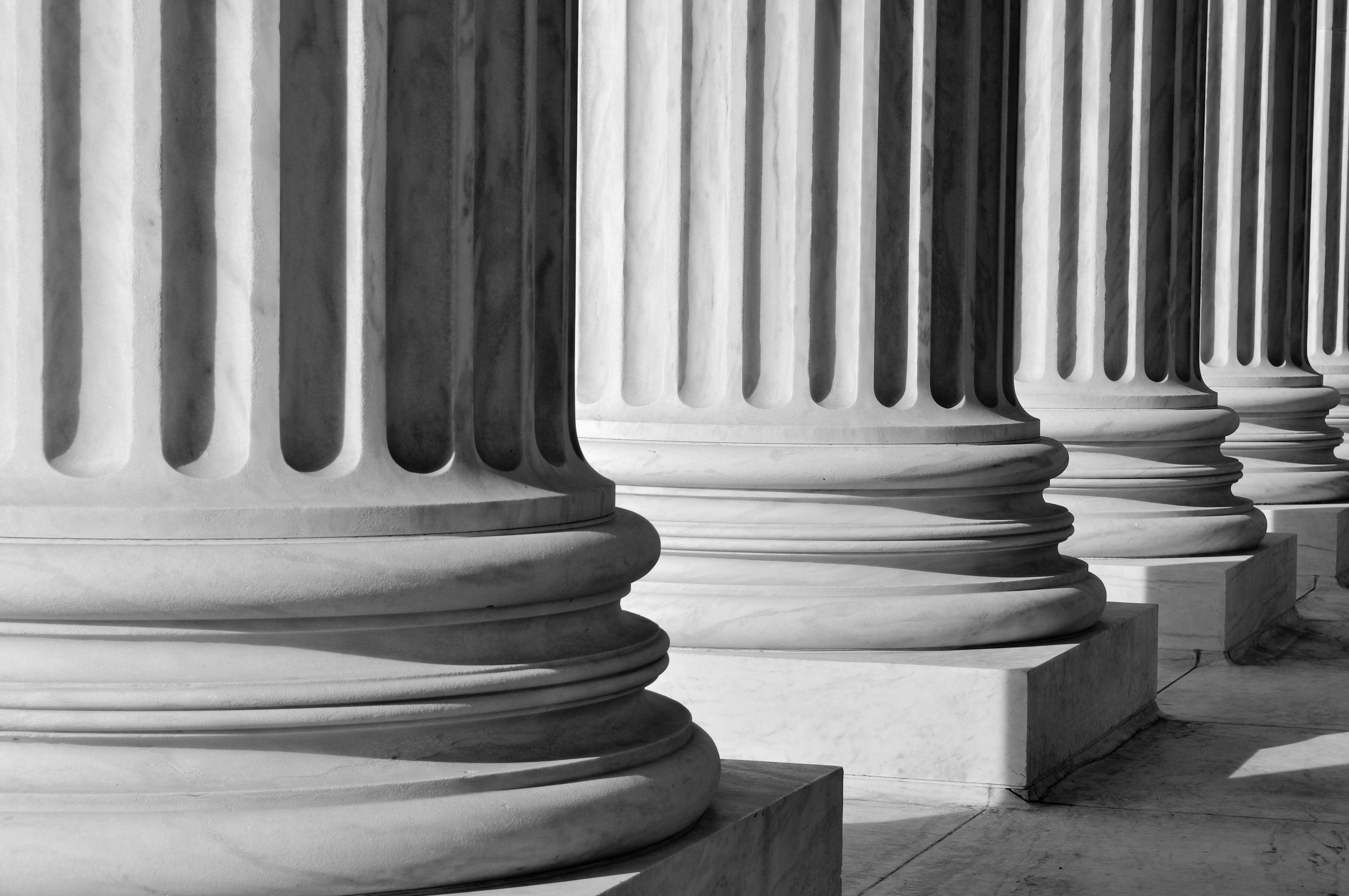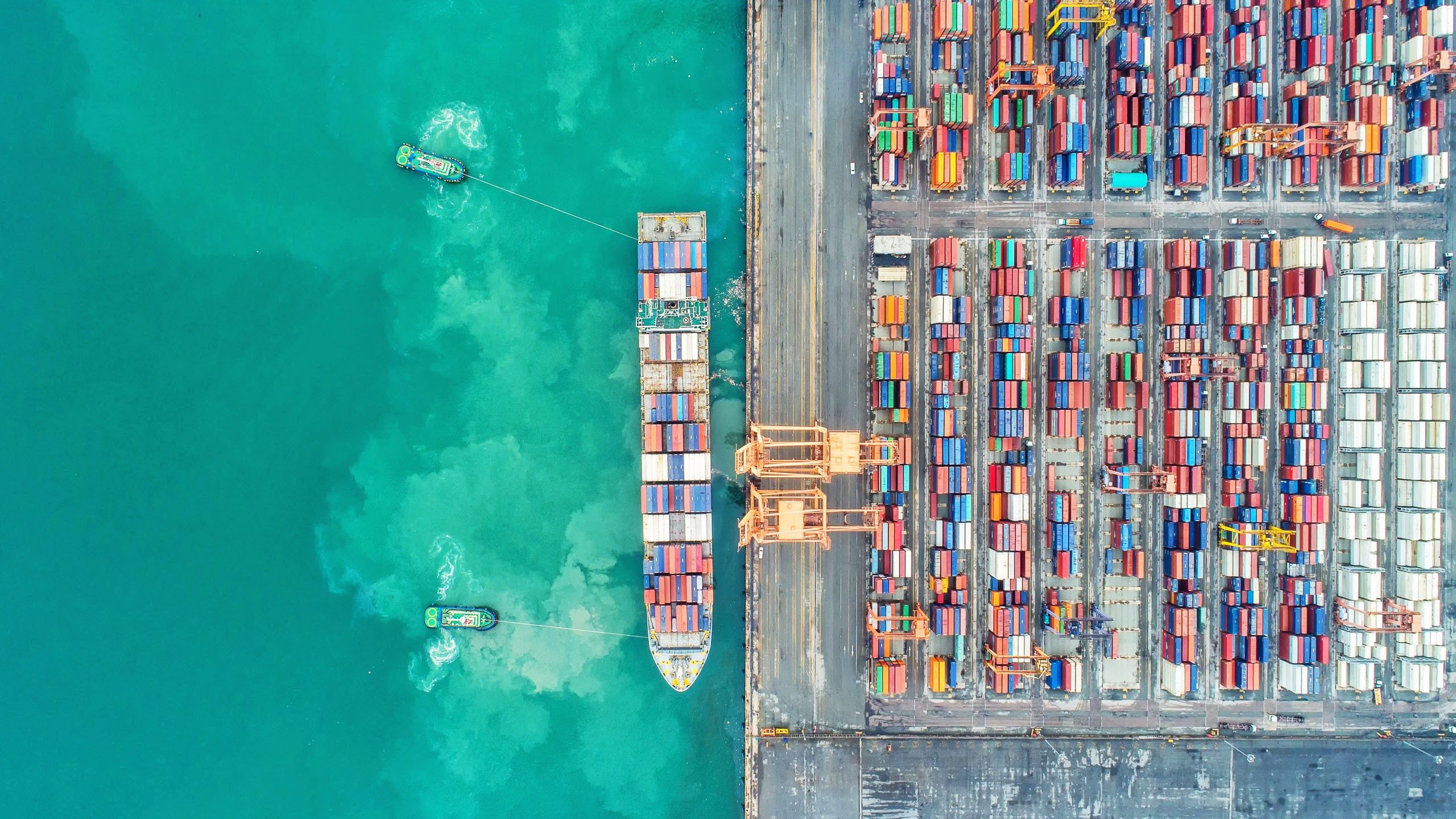Outline
- This Circular is to raise awareness of an expansion in United States sanctions, targeting the construction of the NS2 and TurkStream pipeline projects and those who provide vessels and services in connection with either project, including related insurance.
- The sanctions are mainly derived from two pieces of legislation – the Countering America’s Adversaries Through Sanctions Act (CAATSA) and the Protecting Europe’s Energy Security Act (PEESA), as summarised in the Circular.
- Members should be aware that use of vessels for any activity in support of either project is likely to fall within the scope of the Club’s sanctions exclusions.
TO THE MEMBERS
Introduction
Nord Stream is a system of offshore natural gas pipelines from Russia to Germany. It includes two lines running from Vyborg to Greifswald forming the original Nord Stream (NS1), and two lines running from Ust-Luga to Greifswald termed Nord Stream 2 (NS2). NS1 is owned and operated by Nord Stream AG, whose majority shareholder is the Russian state company Gazprom, and NS2 is owned and will be operated by Nord Stream 2 AG, a wholly owned subsidiary of Gazprom.
NS1 was completed on 8 October 2012. Work to lay NS2 took place between 2018–2019 but has been disrupted by US sanctions. Prior to the imposition of U.S. sanctions, it had been expected to become operational in mid-2020.
TurkStream is a natural gas pipeline running from Russia to Turkey. It starts from Russkaya compressor station near Anapa in Russia crossing the Black Sea to the receiving terminal at Kıyıköy. Construction on TurkStream started in May 2017 and gas deliveries to Bulgaria via the pipeline began on 1 January 2020.
This Circular concerns efforts by the United States to enhance the sanction provisions targeting the construction of the NS2 and TurkStream pipeline projects and those who provide vessels and services in connection with either project. The recent efforts are mainly focused on two pieces of legislation – the Countering America’s Adversaries Through Sanctions Act (CAATSA) and the Protecting Europe’s Energy Security Act (PEESA). While the wording in the CAATSA and PEESA sanction authorizations is different, both Acts have the potential to reach the activities of non-U.S. ship owners and others in the marine industry (including insurers). A summary of each Act is provided below.
CAATSA
The U.S. Congress passed CAATSA in 2017. Section 232 of CAATSA includes a provision that allows (but does not require) the Administration to target for sanctions certain high-value investments or other transactions related to the construction of Russian energy export pipelines. Section 232 bestows the authority to issue sanctions on the U.S. State Department in consultation with the U.S. Treasury Department.
Exercising its discretion, the State Department had previously adopted a policy when CAATSA was enacted not to target Russian energy export pipelines for which the project contract was signed on or after August 2, 2017. This published policy effectively eliminated NS2 and TurkStream from Section 232’s scope. On July 15, 2020, the State Department announced a change to its policy to clarify that the focus of Section 232’s implementation will be on a wider scope of Russian export energy pipelines. The change in policy now includes NS2 and TurkStream. In announcing the changed policy, the State Department stated that the intent of such sanctions is to impose costs on Russia for what the State Department described as Russia’s “…malign behavior, such as in response to aggressive actions against the United States and our allies and partners.”
With the change in policy, there is a potential for sanctions (including being blocked by the United States) against a person who, among other things, sells, leases or provides the Russian Federation goods or services that meet the fair market value thresholds in Section 232(a) and that directly and significantly facilitate the expansion, construction, or modernization of NS2 or TurkStream. The monetary thresholds are a fair market value of US$1 million or more, or an aggregate value of US$5 million or more over a 12-month period.
Current indications are that the State Department will construe the Section 232 provisions broadly to encompass a wide array of services associated with the construction of NS2. The targeted services do not have to be contracted directly to the Russian Federation to fall within Section 232. As such, providing any type of vessel used in connection with NS2 or TurkStream or providing services to such vessels (e.g., management, insurance, port services, etc.) could expose non-U.S. persons to sanctions under Section 232 regardless of the identity of the contracting counterparty. The monetary thresholds still need to be considered, but those thresholds could also be given a broad interpretation. One should not assume that the fair market value of a provided vessel or service will be limited to an analysis of the price set forth in the applicable contract. For instance, the fair market value of management services may not be limited to the management fee.
PEESA and PEESA Clarification
In December 2019, the U.S. enacted PEESA which came into effect immediately upon signing in December 2019. PEESA essentially mandates the imposition of sanctions against vessels engaged in pipe-laying related to NS2 and TurkStream and those foreign persons who have knowingly sold, leased or provided those vessels for the construction of such a project or facilitated deceptive or structured transactions to provide those vessels for the construction of such a project. The types of sanctions authorized by PEESA include blocking the foreign person’s assets subject to U.S. jurisdiction and denying visas and entry into the U.S. of foreign person’s corporate officers and principal shareholders.
Apparently not happy with the lack of sanctions that have been issued under PEESA and the continuation of NS2’s construction, a group of Senators and Congressmen have recently proposed amendments to PEESA. Senate bill 3897 and House bill 7361 each propose to enhance and clarify PEESA through the PEESA Clarification Act. The two bills have minor differences in their language, but both seek to expand the type of activities requiring mandatory sanctions.
In addition to the targeting of pipe-laying vessels, both bills expand PEESA to include vessels engaged in “pipe-laying activities.” Such activities are defined as those which facilitate pipe-laying such as “site preparation, trenching, surveying, placing rocks, stringing, bending, welding, coating, lowering of pipe, and backfilling.” Both bills also target those who sell, lease or provide such vessels or facilitate the sale, lease or provision of same, albeit the language in the two bills is slightly different on this aspect. Additionally, both bills propose a provision which would require sanctions against anyone providing underwriting services or insurance or reinsurance for the vessels described in PEESA, e.g., those engaged in pipe-laying or pipe-laying activities. In their current form, the bills do not include a due diligence exception for underwriters, insurers, and / or reinsurers. Furthermore, unlike CAATSA (discussed above), PEESA Clarification does not contain a monetary threshold for the imposition of sanctions.
The two bills have bipartisan support among Republicans and Democrats and across the two houses of Congress, but they are still making their way through the respective Senate and House committees. Thus, it is not certain if or when the bills might be reconciled and passed by Congress for presentation to the President for signature. If passed, PEESA Clarification could have significant impacts on non-U.S. vessel owners and operators and their insurers. Among other things, if a vessel is identified in one of the reports to Congress as engaging in “pipe-laying” activities, then the insurer of that vessel may also be identified in the report. Once a company is identified in the report, sanctions are technically mandated under the express language of PEESA Clarification although it remains to be seen how such provisions will ultimately be implemented if PEESA Clarification is enacted.
Ramifications on Club cover
Members are reminded that cover may be excluded if vessels are involved in activities that are either unlawful and / or put the Club at risk of breaching sanctions. Members who are contemplating any activity involving or related to the Nord Stream 2 or Turk Stream construction projects should therefore be mindful of the risk that cover exclusions will be triggered.
All Members are therefore strongly urged to assess and mitigate the risks of entering into contracts on the Nord Stream 2 or Turk Steam construction projects and exercise the fullest possible due diligence to avoid exposure to sanctions or enforcement actions.
Conclusion
Considering the foregoing, the more immediate concern for non-U.S. ship owners, insurers and the like is CAATSA’s Section 232. The U.S. State Department made clear on 15 July 2020, that it will now apply Section 232 to NS2 and TurkStream. As such, those owning or operating vessels that are used in connection with NS2 or TurkStream or those providing services to such vessels should consider whether their activities might trigger an application of Section 232’s sanction provisions.
Additionally, it is important to monitor the developments surrounding PEESA Clarification given the mandatory and enhanced nature of the sanctions envisioned by the proposed amendments.
All Clubs in the International Group have issued a similarly worded circular.
The International Group is grateful to Gina Venezia of US lawyers Freehill, Hogan & Mahar LLP in the drafting of this document.
Yours faithfully
THE MANAGERS




